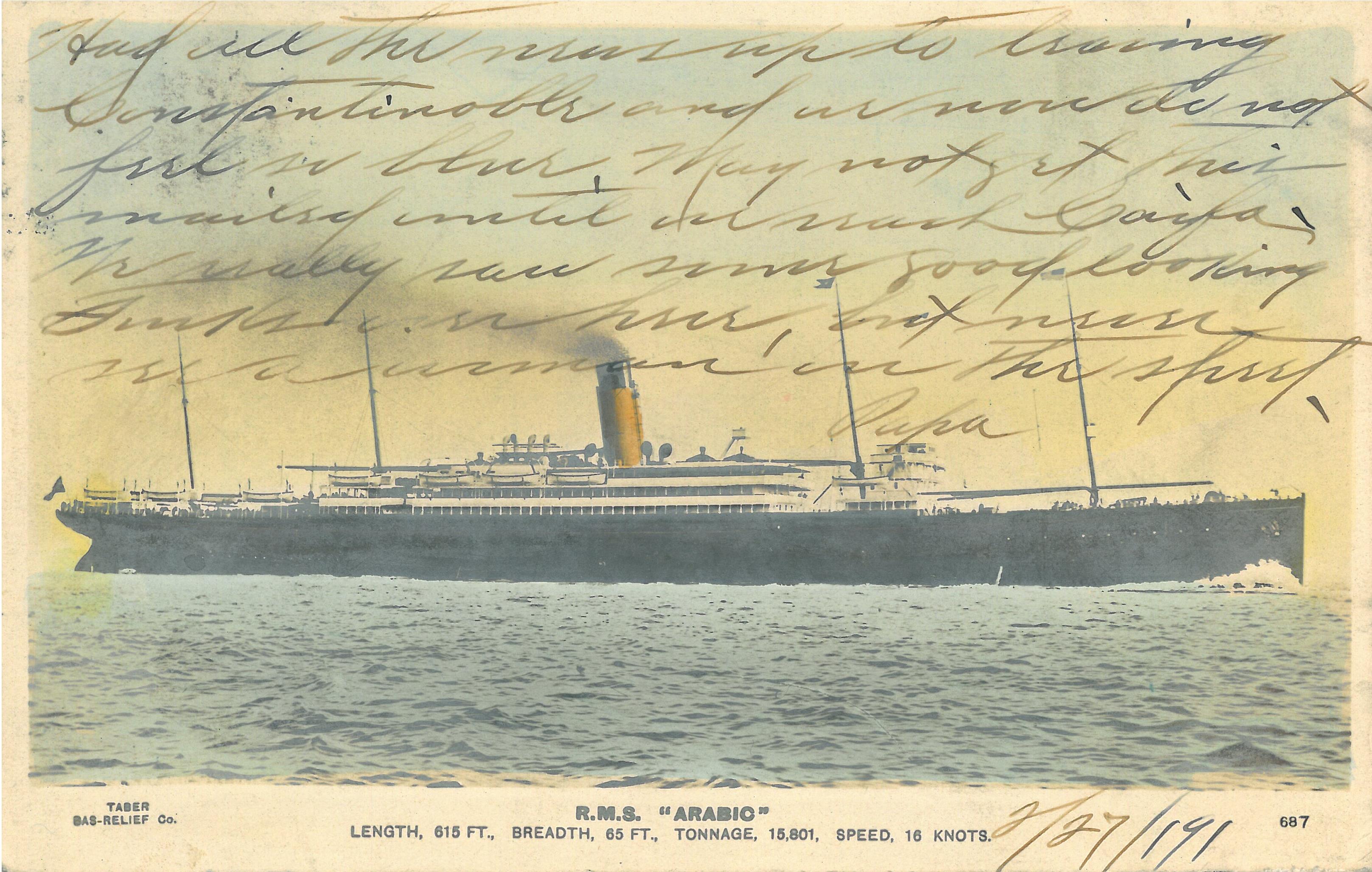The RMS Titanic was a massive British ocean liner that set sail on its maiden voyage from Southampton, England to New York City, USA in 1912. Unfortunately, just four days into its journey, the ship struck an iceberg in the North Atlantic Ocean and sank, resulting in the loss of over 1,500 lives.
In the vast history of ocean liners, there have been several British ships that met tragic fates. One of the most famous and tragic incidents involved the sinking of the RMS Titanic.
The sinking of the RMS Titanic had a significant impact on maritime history and is considered one of the deadliest peacetime maritime disasters in modern history. The tragic event spawned numerous investigations, documentaries, films, and books, making it one of the most well-known shipwrecks of all time.
Quick Navigation
The RMS Titanic: A British Engineering Marvel
The RMS Titanic was a remarkable feat of engineering, built by the British shipbuilding company Harland and Wolff. It was the largest ship afloat at the time and one of the most luxurious passenger liners ever constructed.
Measuring about 882 feet long and weighing over 46,000 tons, the Titanic was equipped with state-of-the-art amenities, including a swimming pool, gymnasium, libraries, and even a squash court. It was considered the epitome of opulence and elegance.
On April 10, 1912, the Titanic embarked on its maiden voyage. It carried around 2,200 passengers and crew members, with the intention of crossing the Atlantic Ocean to reach New York. Unfortunately, disaster struck on the night of April 14, when the ship collided with an iceberg.
The Tragic Sinking: A Night to Remember
The sinking of the Titanic took place in the early hours of April 15, 1912. As the iceberg tore through the ship’s hull, water rapidly flooded its compartments. Despite efforts to save as many passengers as possible, the lack of lifeboats and inadequate safety measures resulted in a significant loss of life.
Only about 700 people were rescued by nearby ships, leaving over 1,500 passengers and crew to perish in the icy waters. The disaster was considered a wake-up call for the maritime industry, leading to improved safety regulations and better emergency procedures for future ocean liners.

Credit: news.usni.org
The Legacy of the Titanic
The sinking of the RMS Titanic left a lasting impact on the world. The tragedy highlighted the need for safer and more efficient maritime practices, resulting in the establishment of the International Convention for the Safety of Life at Sea (SOLAS) in 1914.
Today, the Titanic continues to capture the public’s imagination, with numerous memorial events, museums, and exhibitions dedicated to preserving its memory. The wreckage of the Titanic was discovered in 1985, lying at a depth of around 12,500 feet in the North Atlantic Ocean.
In recent years, there have been debates about salvaging artifacts from the wreckage, with concerns about the ethical and historical implications of disturbing the resting place of those who perished. The Titanic’s legacy serves as a reminder of the importance of maritime safety and the human cost of negligence at sea.

Credit: www.britannica.com
Frequently Asked Questions:
What British Ocean Liner Was Sunk During World War I?
The British ocean liner that was sunk during World War I was the RMS Lusitania.
How And Why Was The British Ocean Liner Rms Lusitania Sunk?
The RMS Lusitania was sunk by a German U-boat on May 7, 1915, during World War I. It was targeted because it was suspected of carrying war munitions.
Were There Any Survivors From The Sinking Of The Rms Lusitania?
Yes, there were survivors from the sinking of the RMS Lusitania. Of the more than 1,900 people on board, around 700 survived.
What Impact Did The Sinking Of The Rms Lusitania Have On World War I?
The sinking of the RMS Lusitania played a significant role in influencing the United States’ decision to enter World War I against Germany.
Conclusion
The RMS Titanic, a British ocean liner, tragically sank in the North Atlantic Ocean during its maiden voyage in 1912. The disaster claimed the lives of over 1,500 people and led to significant advancements in maritime safety. The legacy of the Titanic lives on, serving as a reminder of the importance of ensuring the safety of passengers and crew on all ocean liners.
